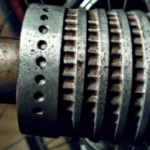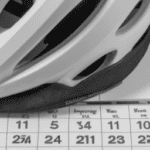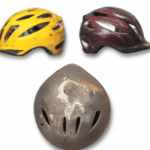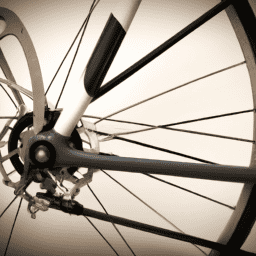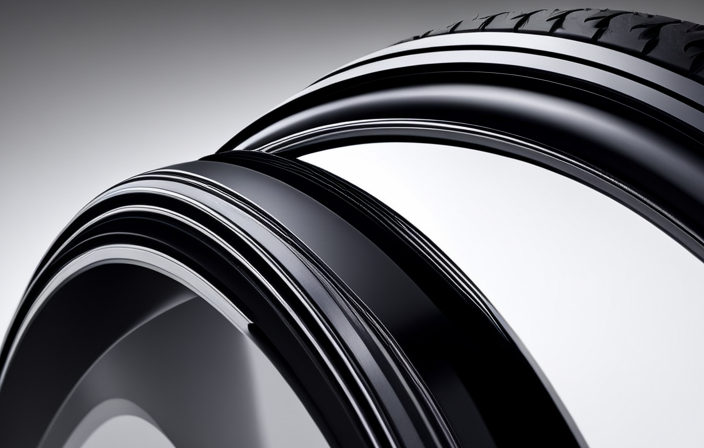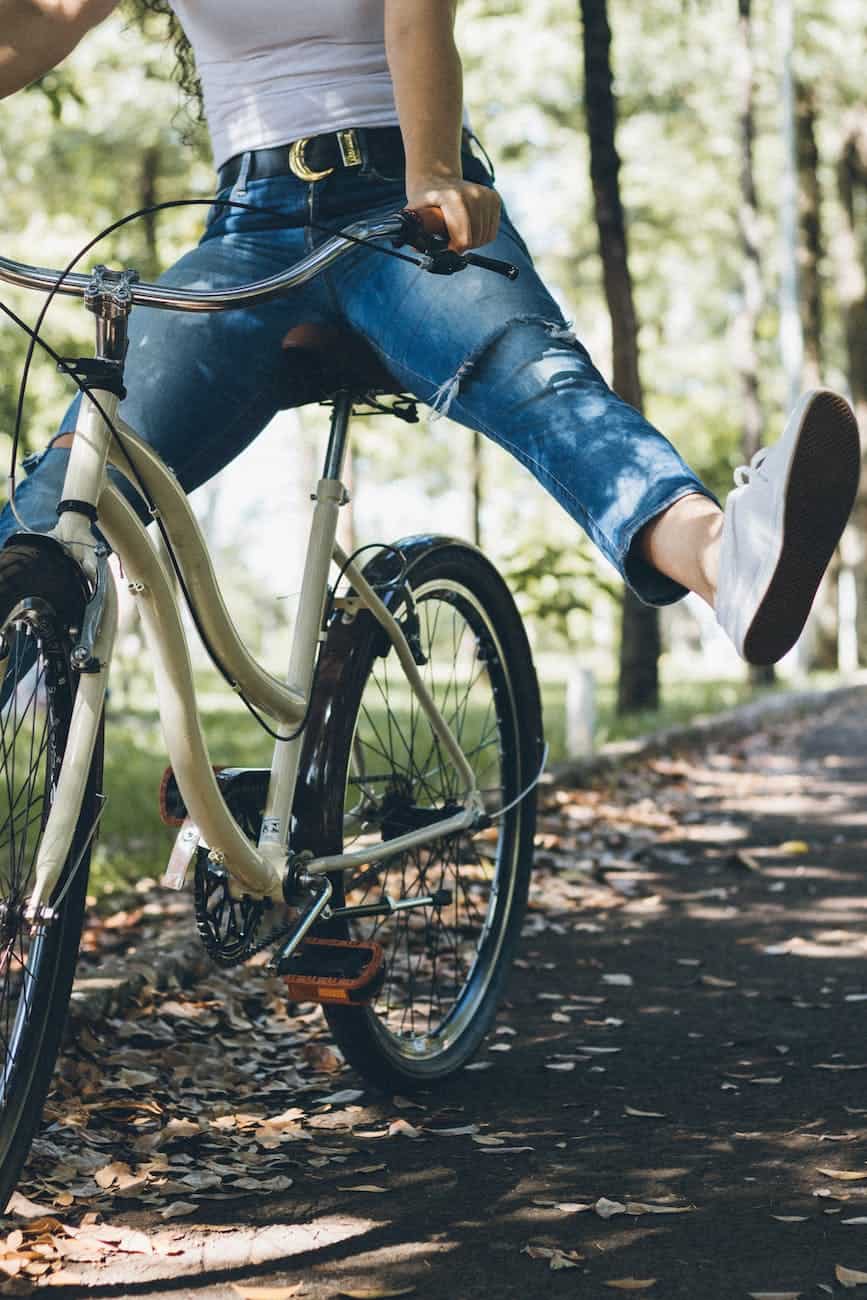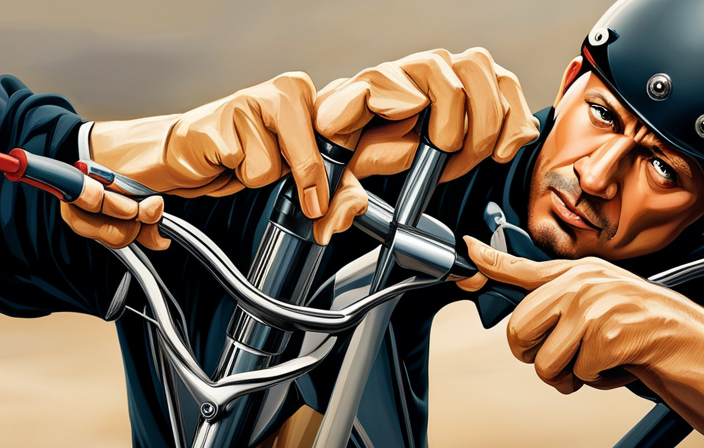You’ve purchased a bike and are curious about its durability over time. Honestly speaking, there’s no universal answer to this query. The durability of a bike is influenced by several aspects, such as the material quality, frequency of usage, maintenance level, and the conditions and manner in which it’s stored.
But don’t worry, we’re here to help you understand the ins and outs of bicycle lifespan. From the moment you purchase your bike, you need to understand that it’s not just a mode of transportation, it’s also an investment. And like any investment, you need to take proper care of it to ensure that it lasts as long as possible.
So, let’s dive into the factors that determine how long your bicycle will last.
Key Takeaways
- The quality of materials, terrain, and frequency of use can affect the lifespan of a bike.
- Choosing durable materials like aluminum or carbon fiber for the frame and sturdy components for brakes, gears, and wheels can contribute to a bike’s longevity.
- Regular maintenance routines such as inspections, tune-ups, proper storage conditions, and cleaning and lubrication of the chain can help extend a bike’s life.
- Practicing proper riding techniques, checking tire pressure, and tightening loose bolts can also contribute to a bike’s longevity.
Quality of Materials
If you want your bike to last a long time, you should make sure you’re using high-quality materials that won’t wear down easily. Durability factors play a huge role in the longevity of your bike.
You should aim for a frame made from strong and lightweight materials like aluminum or carbon fiber. Steel frames are durable but can be heavy and prone to rust.
The quality of your bike’s components also matters, such as the brakes, gears, and wheels. Opt for sturdy materials like stainless steel or titanium to ensure they can withstand wear and tear.
Material longevity is another crucial factor to consider when it comes to the lifespan of your bike. Some materials like aluminum and carbon fiber can last for years without losing their strength or shape. However, other materials like plastic or cheap metals may wear down quickly and require frequent replacements.
By investing in high-quality materials, you can ensure your bike lasts longer and requires less maintenance over time. As we move into the next section on frequency of use, it’s important to remember that even with the best materials, the more you use your bike, the more wear and tear it will experience.
Frequency of Use
So, you’re wondering about the frequency of use of your bike and the types of terrain you ride on? Well, how often you ride your bike is a crucial factor in determining its longevity.
If you frequently ride your bike, it’s more likely to wear out faster and require more maintenance than a bike that’s ridden infrequently.
Additionally, the type of terrain you ride on can also affect the wear and tear of your bike’s components, such as the tires, suspension, and brakes.
How often you ride your bike
When you ride your bike frequently, it’s important to find the balance between enjoying your rides and maintaining your bike. Bike maintenance is crucial to prolonging the lifespan of your bicycle. The more frequently you ride, the more wear and tear your bike will experience.
Tires wear down faster, and the chains need to be replaced more often. It’s important to inspect your bike before and after each ride to ensure that everything is in working order. Regular tune-ups and maintenance checks can help identify potential issues before they become bigger problems.
Finding the balance between riding frequency and bike maintenance is important. Riding your bike frequently can help keep you in good physical shape, but it can also shorten the lifespan of your bike. Knowing how often to ride and how often to maintain your bike can help you get the most out of your investment.
In the next section, we’ll discuss how the types of terrain you ride on can impact the lifespan of your bicycle.
Types of terrain you ride on
Exploring different types of terrain on your bike can have a significant impact on how well your bike performs over time. Off-road durability is crucial if you plan on taking your bike through rough terrain, such as rocky trails or mountainous areas. The constant jolting and bumping can cause wear and tear on your bike’s frame, wheels, and suspension. Therefore, it’s essential to invest in a bike that’s specifically designed for off-road riding.
Look for features such as sturdy frames, high-quality suspension, and durable tires to ensure your bike can handle the demands of off-road riding.
On the other hand, if you primarily ride your bike in urban areas, you’ll need a bike that can withstand wear and tear from daily use. Urban wear and tear can come from a variety of sources, such as potholes, curbs, and other obstacles on the road. Therefore, it’s crucial to invest in a bike that’s designed to handle the rigors of urban riding.
Look for features such as high-quality tires, sturdy frames, and reliable brakes to ensure your bike can handle the demands of city riding.
Maintaining your bike is crucial to ensuring its longevity and performance.
Maintenance
When it comes to maintaining your bicycle, regular maintenance routines are essential to ensure that your bike stays in top condition. This involves checking your tire pressure, brakes, and shifting mechanisms on a regular basis.
Additionally, keeping your bike clean and lubricated is important in order to prevent rust and wear and tear on the bike’s components. By taking care of your bike in this way, you can extend its lifespan and ensure that it remains safe and reliable for many years to come.
Regular maintenance routines
Regular maintenance routines are essential to keep your bike in tiptop shape and prevent it from falling apart after just a few rides. Neglecting them is like putting your bike through a torture chamber.
One important aspect of regular maintenance is proper storage. It’s crucial to store your bike in a dry and cool place to avoid rust and damage to its components. You can also invest in a bike cover to protect it from dust and moisture.
Another important routine is inspection. Before each ride, you should inspect your bike for any signs of damage or wear and tear. Check for loose or broken parts, especially the brakes and gears. A quick inspection can save you from potential accidents and costly repairs. Remember that prevention is always better than cure, so take the time to inspect your bike regularly.
Keeping your bike clean and lubricated is also an important part of maintenance. Dirt and grime can damage your bike’s components, so it’s important to clean it after each ride. Use a soft brush and a mild cleaning solution to gently scrub away dirt and debris from the frame, wheels, and chain. After cleaning, make sure to lubricate the chain and other moving parts to keep them running smoothly.
With these simple maintenance routines, you can prolong the life of your bike and enjoy many rides ahead.
Importance of keeping your bike clean and lubricated
Keeping your bike clean and lubricated is crucial for preventing damage and ensuring a smooth ride. Here are some cleaning techniques and lubrication methods you should know:
-
Use a soft-bristled brush or cloth to remove any dirt or debris from your bike’s frame, wheels, and chain. Avoid using high-pressure water as it may damage the bike’s components.
-
Apply a bike-specific degreaser to the chain, cassette, and derailleur to remove any built-up grime and dirt. Then rinse with water and dry thoroughly.
-
Apply a bike-specific lubricant to the chain, derailleur, and other moving parts to reduce friction and prevent rust.
-
Wipe down your bike with a clean cloth to remove any excess lubricant and ensure a clean finish.
By following these cleaning and lubrication methods, you can extend the lifespan of your bike and improve its performance.
Next, let’s talk about proper storage conditions to keep your bike in top shape.
Storage Conditions
If you store your bicycle in a dry, cool place, it’ll last longer. Proper bicycle storage is essential to keep your bike in good condition for a long time.
The ideal storage location for your bike is a dry place where it’s not exposed to moisture, humidity, or extreme temperatures. The moisture can cause rust on the metal components of your bike, which can lead to corrosion and damage over time. Therefore, it’s crucial to keep your bike in a dry condition and prevent rust from forming.
To prevent rust, it’s essential to store your bike in a cool and dry place. You can keep your bike in a garage or a bike storage unit that is free from moisture. You can also use a bike cover to protect it from dust, dirt, and other elements that can cause damage.
Ensure that the bike is not in direct sunlight or exposed to excessive heat as it can damage the paint and plastic components. By ensuring proper storage conditions, you can extend the lifespan of your bike and keep it in good condition for many years.
To further extend the life of your bike, there are many tips you can follow. These include regular maintenance, proper lubrication, and timely repairs. By following these tips, you can ensure that your bike remains in top condition and lasts for many years to come.
Tips for Extending the Life of Your Bike
Now that you know how storage conditions can affect the lifespan of your bike, it’s time to learn some tips for extending its life. Proper storage is just one piece of the puzzle, but there are other factors to consider as well. By following these tips, you can ensure that your bike lasts for many years to come.
Firstly, it’s important to use proper riding technique. This means applying the correct amount of pressure to your pedals, shifting gears properly, and avoiding sudden stops or starts.
Additionally, keeping your bike clean and well-maintained can also help to extend its life. Regularly cleaning and lubricating your chain, checking tire pressure, and tightening loose bolts can all prevent wear and tear on your bike.
By following these simple tips and taking good care of your bike, you can make sure that it lasts for many years of enjoyable rides.
Frequently Asked Questions
Is it better to buy a new bike or repair an old one?
When deciding between new or used bikes, consider the pros and cons of each. Repairing an old bike can be cost-effective, but replacing it may be necessary if the repairs outweigh the benefits.
Can a bike last forever with proper maintenance?
To ensure longevity benefits, proper maintenance is key. Regularly clean and lubricate your bike’s components, periodically check tire pressure and brakes, and address any issues promptly. With diligent care, your bike can last a lifetime.
How often should I replace the tires on my bike?
To ensure optimal bike performance and safety, replace your tires every 2,000-3,000 miles or when you notice visible wear such as cracks, cuts, or bald spots. Proper tire maintenance can extend their lifespan but eventually, all tires wear out.
What is the average lifespan of a bike frame?
Did you know that the average lifespan of a bike frame is around 10-15 years? Factors affecting bike frame longevity include usage, environment, and maintenance. Regularly cleaning and lubricating your bike can help extend its lifespan.
Does the weight of the rider affect the lifespan of a bike?
The weight of the rider can impact the lifespan of a bike. If you’re a heavier rider, it’s important to ensure your bike is properly maintained. Regularly check tire pressure, keep the chain lubricated, and replace worn parts as needed.
Conclusion
Congratulations! You’ve successfully navigated through the factors that determine the lifespan of your bicycle.
Remember that the quality of materials used when manufacturing your bike can have a significant impact on how long it’ll last. Furthermore, how frequently you use your bike, the maintenance practices you undertake, and the storage conditions will all play a role in its durability.
But don’t worry, even with all the variables at play, there are still things you can do to ensure your bike lasts as long as possible. Simple things like keeping your bike clean, ensuring it’s stored in a dry place, and regularly lubricating the moving parts can go a long way in extending the lifespan of your bike.
In the end, your bike isn’t just a mode of transportation, but a companion that’s been with you through thick and thin. It’s taken you on adventures, allowed you to explore new places, and helped you stay fit.
So treat it with the respect it deserves, and it’ll reward you with many more years of loyal service.


